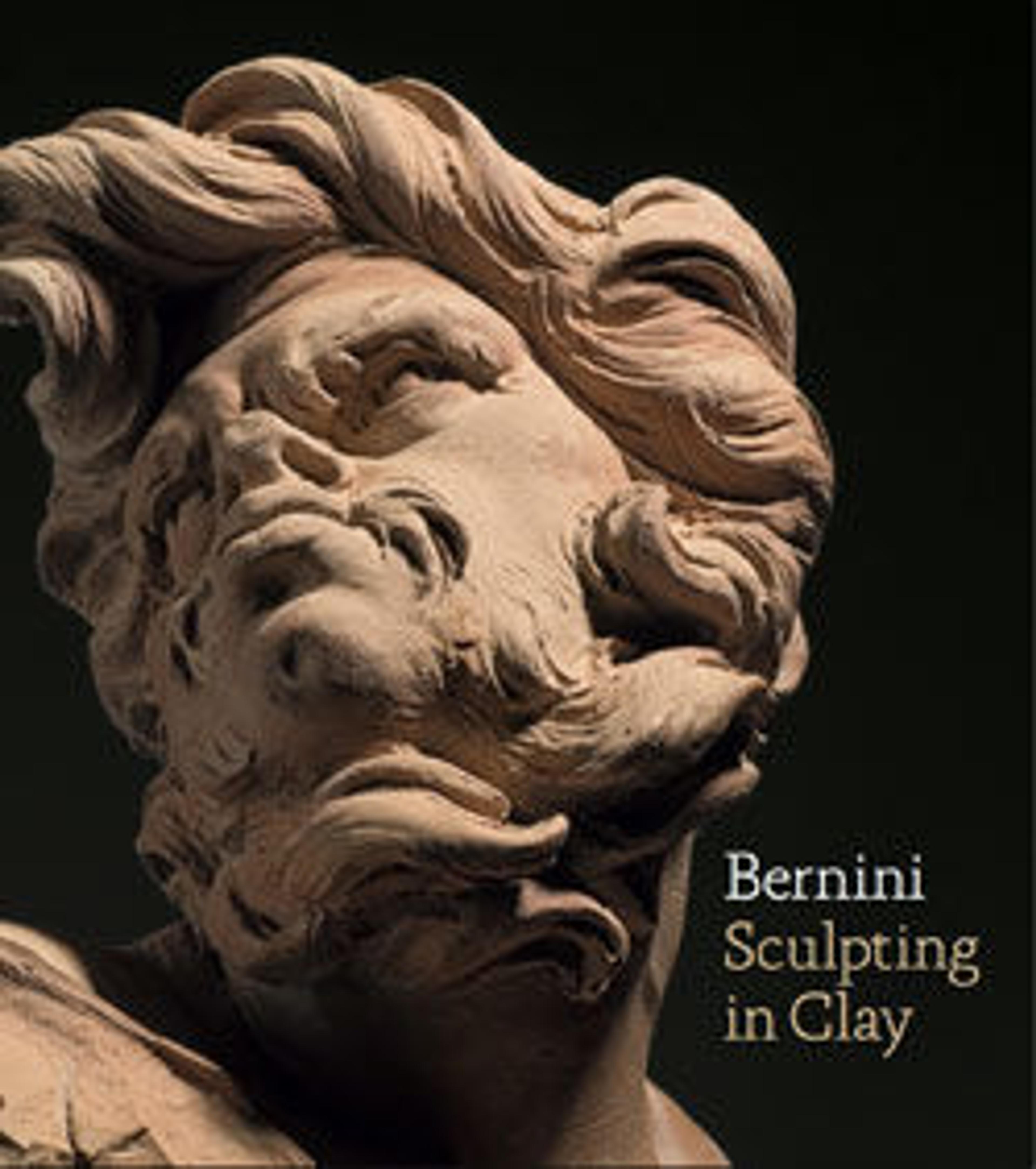Study for a Triton (recto); Anatomical Studies ? (verso)
This rough and hasty sketch by the great Baroque sculptor effectively conveys the stance and the action of Triton as he rises from the sea and raises the huge shell to his lips. The moment depicted could be that described by Ovid in the Metamorphoses when, after the great flood, Neptune summoned Triton from the depths to sound his horn and make the waters retreat. The sketch corresponds closely to the finished fountain in the Piazza Barberini in Rome, designed by Bernini in 1642-43, where water gushes forth from the conch shell and spills down into the shell-shaped basin in which the Triton sits, raised aloft by intertwined dolphins. This vigorous study represents the principal element of Bernini's Triton Fountain and it is the sculptor's only known autograph drawing for that project, which was commissioned by one of his most important and powerful patrons, Pope Urban VIII (Maffeo Barberini). The fountain is near the Palazzo Barberini.
Artwork Details
- Title: Study for a Triton (recto); Anatomical Studies ? (verso)
- Artist: Gian Lorenzo Bernini (Italian, Naples 1598–1680 Rome)
- Date: 1642–43
- Medium: Red chalk, the background tinted with an almost imperceptible pale brown wash, framing lines in pen and brown ink (recto); black chalk (verso)
- Dimensions: 14 5/16 x 9 5/8 in. (36.4 x 24.5 cm)
- Classification: Drawings
- Credit Line: Harry G. Sperling Fund, 1973
- Object Number: 1973.265
- Curatorial Department: Drawings and Prints
More Artwork
Research Resources
The Met provides unparalleled resources for research and welcomes an international community of students and scholars. The Met's Open Access API is where creators and researchers can connect to the The Met collection. Open Access data and public domain images are available for unrestricted commercial and noncommercial use without permission or fee.
To request images under copyright and other restrictions, please use this Image Request form.
Feedback
We continue to research and examine historical and cultural context for objects in The Met collection. If you have comments or questions about this object record, please contact us using the form below. The Museum looks forward to receiving your comments.
